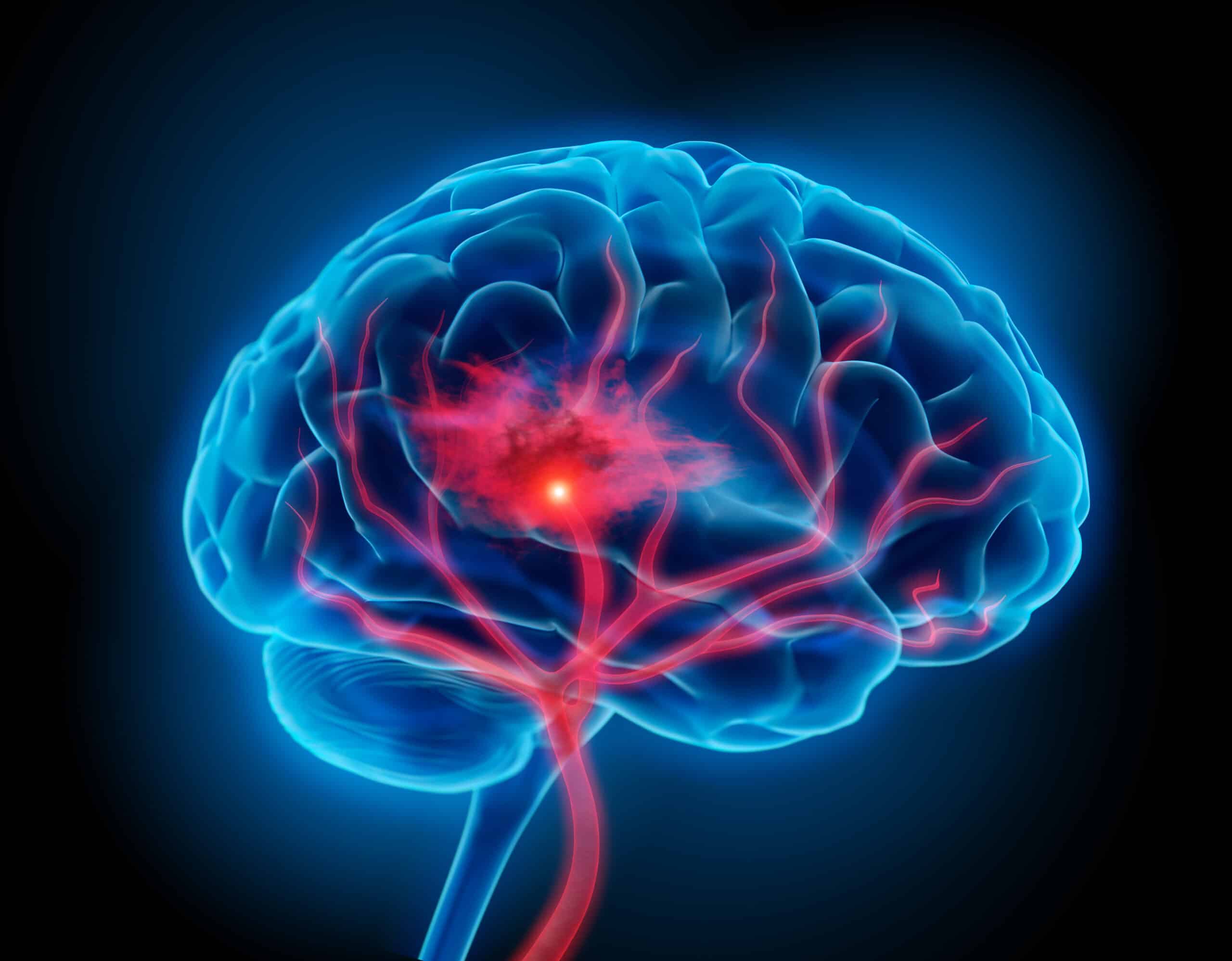“Communication between nerve cells in large parts of the brain changes after a stroke and we show that it can be partially restored with the treatment,” says Tadeusz Wieloch, senior professor of neurobiology at Lund University in Sweden.
“Concomitantly, the rodents regain lost somatosensory functions, something that around 60 percent of all stroke patients experience today. The most remarkable result is that the treatment began several days after a stroke,” Wieloch continues.
Lack of blood flow to the brain causes damage during an ischemic stroke, and this rapidly leads to loss of nerve cells that affect a large part of the vast network of nerve cells in the brain. This loss may lead to paralysis, sensorimotor impairment, vision impairment, difficulty with speech as well as other losses of function which can extend to but are not limited to pain and depression.
Apart from clot-dissolving treatments in the acute phase, there are no approved drugs that can improve or restore function after a person experiences a stroke. While some patients may have some spontaneous improvements, many stroke patients suffer chronic loss of function. Approximately 60% of stroke patients will experience lost somatosensory functions such as touch and position sense, for example.
According to the researchers, their promising results stemmed from treating mice and rats with a class of substances that inhibited the metabotropic glutamate receptors (mGluR5). This receptor regulates communication in the brain’s nerve cell network. 2 days after experiencing a stroke when the damage had developed and function impairment was most prominent, the rodents exhibiting the greatest impaired function were treated. Sensorimotor functions improved even though the extent of the brain damage did not diminish. Wieloch explains that this is due to the intricate network of nerve cells called the connectome, and treatment was improved when combined with enrichment rehabilitation training.
“Rodents treated with the GluR5 inhibitor regained their somatosensori functions,” says Tadeusz Wieloch, who led the study published in BRAIN. “A temporary treatment effect was seen after just 30 minutes, but treatment for several weeks is needed to achieve a permanent recovery effect. Some function improvement was observed even when the treatment started 10 days after a stroke,” says Tadeusz Wieloch.
“Impaired function after a stroke is due to cell loss, but also because of reduced activity in large parts of the connectome in the undamaged brain. The receptor mGluR5 is apparently an important factor in the reduced activity in the connectome, which is prevented by the inhibitor which therefore restores the lost brain function,” says Tadeusz Wieloch.
“Combined with rehabilitation training, it could eventually be a new promising treatment. However, more studies are needed. The study was conducted on mice and rats, and of course needs to be repeated in humans. This should be possible since several mGluR5 inhibitors have been studied in humans for the treatment of neurological diseases other than stroke, and shown to be tolerated by humans,” says Tadeusz Wieloch.




